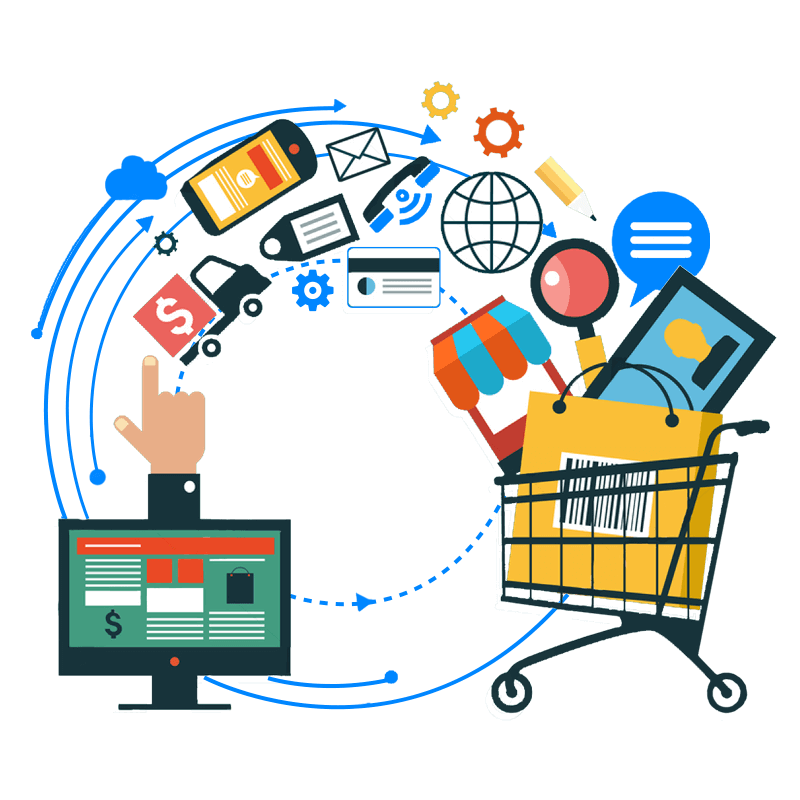
E-commerce Websites
Looking back, the 90s sounds so obsolete now. Well, it has been two decades since then and it has become a sort of peaceful memory we keep in our treasure chests. It’s just there in sepia colors waiting for us to recall a Saturday filled with cartoons on our chunky TV monitor, an afternoon spent just talking to our best friends on our wired telephones until it’s time for dinner, and random days with our friends outside, just laughing and goofing around. It was very subtle and sweet. There are days when we just stare at our computers wondering what else this machine can do. Is there more to it than just typing our school papers here? Why can’t we use our telephones while we are searching the web? It was the transition period to the modern world where the internet is accessible to almost everyone on the planet. It does not seem as momentous as the times before and after the 90s, but it actually was.
A lot of things happened in this notable era that shaped the world where we are today. Look around you and see how everything is within your reach. Everything is just a click away! Do you need to book a hotel? Do you want a dinner reservation for two? Do you wish to pay your employees without sending a check? Everything is online and the possibilities are endless. One of the many exciting things we can do now is Ecommerce.
Why we for Your Websites
People were very skeptical to use these sites to purchase their items there because they are prone to fraudulent activities and scamming schemes. It is still evident up to this day, but developers come up with solutions to better people’s shopping experience. Examples of these solutions are reviews, return policy, and cash on delivery. These features help consumers decide if they should purchase items from an e-commerce website or not.

Types of Ecommerce Models
There are four main types of ecommerce models that can describe almost every transaction that takes place between consumers and businesses.
Business to Consumer (B2C)
When a business sells a good or service to an individual consumer (e.g. You buy a pair of shoes from an online retailer).
Business to Business (B2B)
When a business sells a good or service to another business (e.g. A business sells software-as-a-service for other businesses to use)
Consumer to Consumer (C2C)
When a consumer sells a good or service to another consumer (e.g. You sell your old furniture on eBay to another consumer).
Consumer to Business (C2B):
When a consumer sells their own products or services to a business or organization (e.g. An influencer offers exposure to their online audience in exchange for a fee, or a photographer licenses their photo for a business to use).
Examples of Ecommerce
Ecommerce can take on a variety of forms involving different transactional relationships between businesses and consumers, as well as different objects being exchanged as part of these transactions.
Retail
The sale of a product by a business directly to a customer without any intermediary.
Wholesale
The sale of products in bulk, often to a retailer that then sells them directly to consumers.
Dropshipping
The sale of a product, which is manufactured and shipped to the consumer by a third party.
Crowdfunding
The collection of money from consumers in advance of a product being available in order to raise the startup capital necessary to bring it to market.
Subscription
The automatic recurring purchase of a product or service on a regular basis until the subscriber chooses to cancel.
Services
A skill or set of skills provided in exchange for compensation. The service provider’s time can be purchased for a fee.
Physical products
Any tangible good that requires inventory to be replenished and orders to be physically shipped to customers as sales are made.
Digital products
Downloadable digital goods, templates, and courses, or media that must be purchased for consumption or licensed for use.